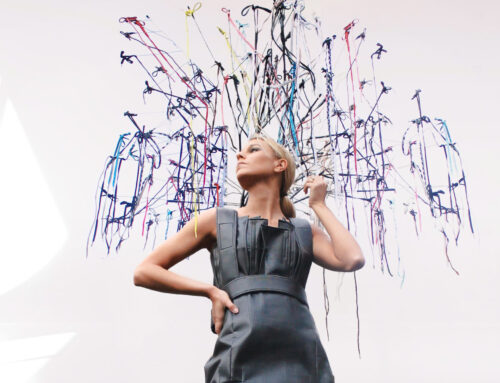Sue Blanchette just had to see the education system that produced Dmitry, an exchange student who came to Hillcrest from two years ago.
“He was phenomenally fluent in English when he got here,” she recalls.
So the 12th-grade history teacher joined a U.S. Department of State program designed to help former
Blanchette spent two-and-a-half weeks in the country touring numerous public and private schools and teaching best practices from the American public school model. At the end of her stay, she and her host, English teacher Aliya Ganzina, talked about how nice it would be for Ganzina to come to the the next year.
“After five rewrites of the proposal, I got the State Department grant,” Blanchette says.
Ganzina and two of her students, Aziza Aitahunova, 16, and Jibek Orunbaeva, 17, arrived in
Almost as soon as they arrived, they experienced the classic American pastime, a pickup baseball game at
But for all the fun they had, the real point of the exchange was to see how our education system works and what could be taken from it and used successfully in .
Ganzina says she received boxes of supplies for her students.
“I’ve met a lot of teachers, and it was great. The first day I arrived very late; the next day, I met the teachers who donated books and books on discs,” she says.
The biggest difference the Kyrgyz students noticed between the two countries’ education systems was the modern classrooms and equipment.
“Your system of education, I like this. There are many books and computers — there are enough for everyone,” Aitahunova says.
She also was excited about the prospect of using the Internet at school, a tool that is unavailable in her classrooms back home. Not only is there no Internet access at her school, but there is only one computer room with all 1,000 students sharing its 12 personal computers.
Orunbaeva noticed the difference in size and scale of the two countries’ school facilities right away.
“They are very big classrooms, and the furniture is very nice,” she says. “Every teacher has a computer. It’s cool.”
Ganzina says any time a person travels to a foreign land, everything seems exciting: “When you come to a new country, everything is a surprise. But your life is more comfortable here.”
Aziza chimed in: “And your library is very wonderful,” referring to Hillcrest’s new state-of-the-art multi-media library.






